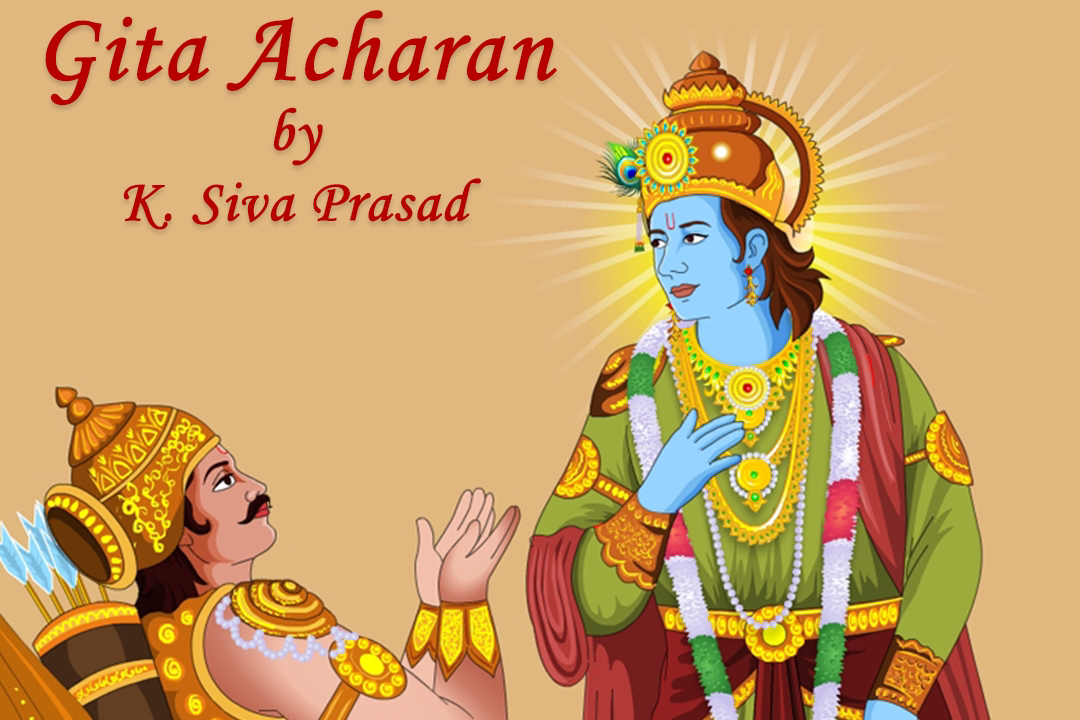232. Auspicious Karma
Krishna mentioned 'Om Tat Sat' as a threefold representation of the Supreme Absolute Truth -Brahma. He explains 'sat' and says, "The word 'sat' means eternal reality and goodness. O Arjun, it is also used to describe an auspicious action. Being established in the performance of yagna (sacrifice), tapah (penance), and daan (charity) is also described as sat. And so, any act for such purposes is named sat (17.26-27). Whatever is done or practiced like yagna, daan or tapah, when done without shraddha is termed as 'asat'. It is not for here or hereafter" (17.28).
Krishna described sat and asat at the beginning of the Bhagavad Gita. He said sat (reality) never ceases to be while asat (unreal) has no existence and only a gyani can distinguish between them (2.16).
Firstly, asat is that ‘which didn’t exist in the past and wouldn’t be there in the future’. If we take the example of sensual pleasures, feelings or physical entities, they weren't there before and wouldn’t be there after some time. Secondly, the rope-snake analogy is used to explain that asat derives its existence from sat, just as the snake doesn’t exist without the rope.
Krishna gives another path here when he says that whatever is done or practiced like yagna, daan or tapah, when done without shraddha is termed as 'asat'. Shraddha is the essential ingredient to perform 'sat' karmas. This path opens up another interpretation.
Shraddha is unflinching devotion where any outcome of an action is taken as the blessings of Paramatma. In other words, it is performing karma without expecting karmaphal (fruits of action) (2.47). This is also achieved by dropping the sense of doer-ship (kartapan) for any karma we perform. Any karma becomes auspicious when both a sense of doer-ship and the desire for karmaphal is dropped and hence, Krishna calls it performing auspicious karmas.




Comments
Post a Comment